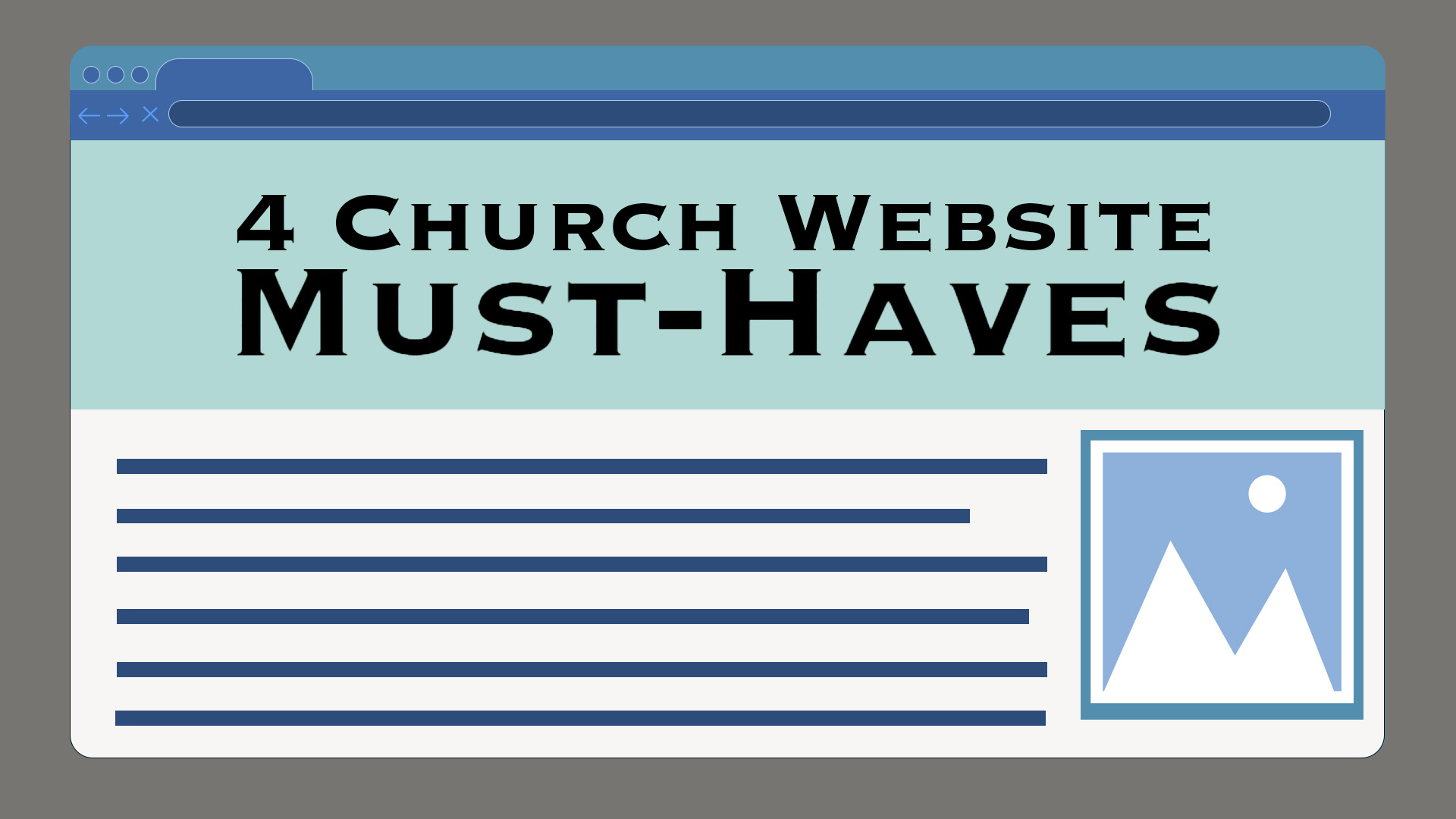 Having a website is a non-negotiable for churches today—but having a good website is even better! If you don’t have a marketing or communications team, it can be overwhelming to figure out what information should be on your website.
Having a website is a non-negotiable for churches today—but having a good website is even better! If you don’t have a marketing or communications team, it can be overwhelming to figure out what information should be on your website.
Your church website should serve both guests and members, allowing them to understand what you believe, see when services and events occur, and communicate with other members.
We’re breaking down four elements church websites must have in 2023—elements that are more unexpected than just a “what we believe” page.
1. Event Calendars
Gone are the days of just utilizing print calendars in your bulletin to disseminate event information. While this can still be an important inclusion for those who don’t utilize online calendars, it’s important to have a public-facing online calendar to share that information.
Consider integrating an option that allows for you to set private events for just members to see and public events for anyone to view. Additionally, allowing for RSVPs and event reminders can allow for accurate attendance estimations.
2. Members Hub
Allowing members of your church to log in to your website and view members-only information is a great way to engage them in church membership.
With a members-only feature, members can log in to the church website and join discussions, see upcoming events, share prayer requests, and get to know other members—all within a private setting that’s not visible to the public.
You can share private calendar events, meeting minutes, and church directory information safely and securely. Additionally, members should be able to edit their profile information to update any changes, such as adding a new member of the family or changing their address.
3. Private Groups
One of the best parts of church membership is the community that’s formed between members—and, within that membership, the smaller groups or ministries people are involved with. Having a space on your website for these private groups to connect, schedule events, and share prayer requests is a great way to build community.
If your group leaders have ever struggled with navigating group text chats, sending out calendar events, or coordinating prayer requests, consider implementing a groups feature on your church website.
4. Streaming Services
Since 2020, churches all around the world have implemented online services into their weekly cadence of worship. While some churches have chosen not to stream their services online, others have integrated it into their schedule and post their streamed services on their website each week.
If you’re in the latter group, you should have a space on your website for visitors and members to view videos or audio of previous services. Of course, there are a variety of ways to accomplish this—from embedding YouTube videos to natively hosting them on your site—but the goal of sharing content is the same.
Keep in mind that hosting the video or audio on your site, versus embedding it, could slow down your site, which impacts SEO and user experience. Embedding that content gives a similar result but maintains your site’s speed.
If you need assistance building out these features in your church website, check out our “Build Your Church Website in under an Hour” checklist. It provides you with a detailed path on how to make an easy-to-maintain church website that truly serves your congregation.
























